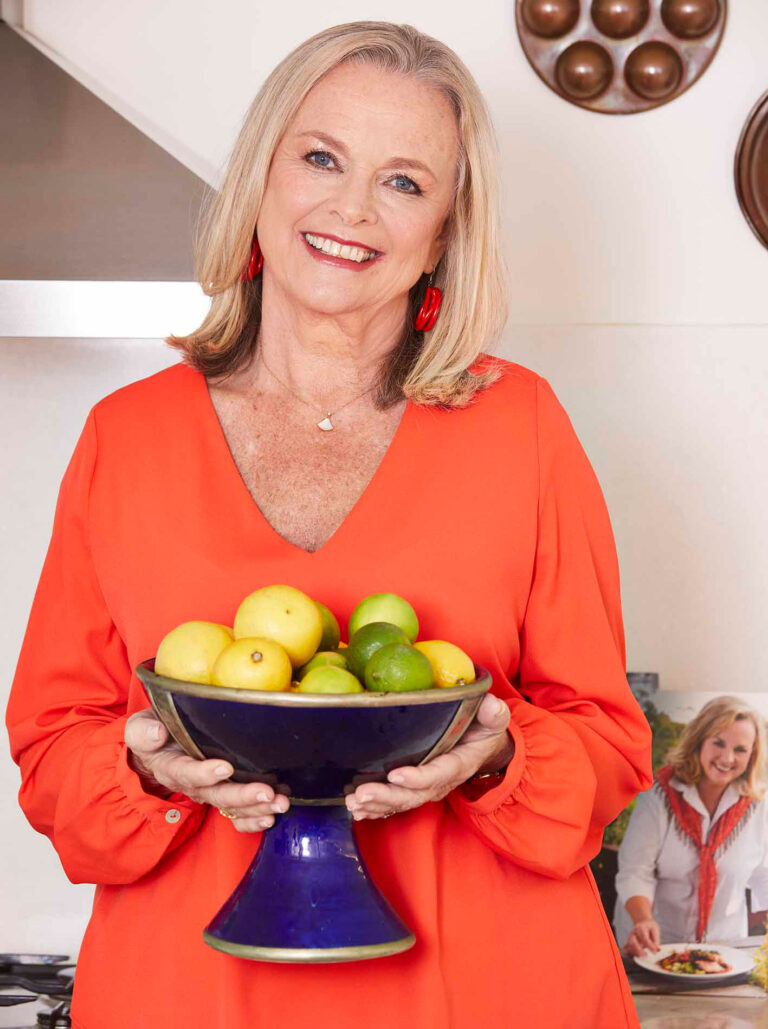
Colour means nothing. When it comes to nutrition and flavour, an egg’s shell colour really doesn’t matter White and brown eggs simply come from different breeds of chickens. If you find brown eggs a little pricier, it’s often because the types of hen that lay them eat more food.
Which labels matter? Some labels are an indication of how your the hens which lay your eggs are treated: ‘cage-free’ means that hens are not confined to small enclosures, but this does not mean they are free range as they are usually in big barns. ‘USDA Organic’ eggs come from uncaged hens that are given organic, vegetarian, Genetically modified food – free feed and have access to the outdoors. There’s a lot of confusion and debate about just what Free Range means. Ideally they should be free to roam and forage both indoors (for protection as needed) and out with low stocking density. However, the definition is that Free-range eggs are eggs produced from birds that may or may not be permitted outdoors and only limited to 1,500 hens per hectare. Eggs from hens that are only indoors might also be labelled cage-free, barn, barn-roaming or aviary.
It’s safest to be sure that the brand you buy delivers what you want. Choice Magazine did a review, updated recently which is worth reading, click here to read.
Older eggs are easier to peel. In fresh eggs, the albumen (that thin skin on the outside of an egg white) sticks to the inside of the shell. As an egg ages, it contents contract and the air cell between the membranes increases. With more separation, the peel comes right off. However, if you break a very fresh egg into a saucer, the yolk and white will both hold their shape and stand up proud from the plate.
The freshness test. The fresher the egg, the faster it will fall to the bottom of a bowl of cold water. Any eggs that float should be discarded. Eggs should last up to 5 weeks after you buy them.
